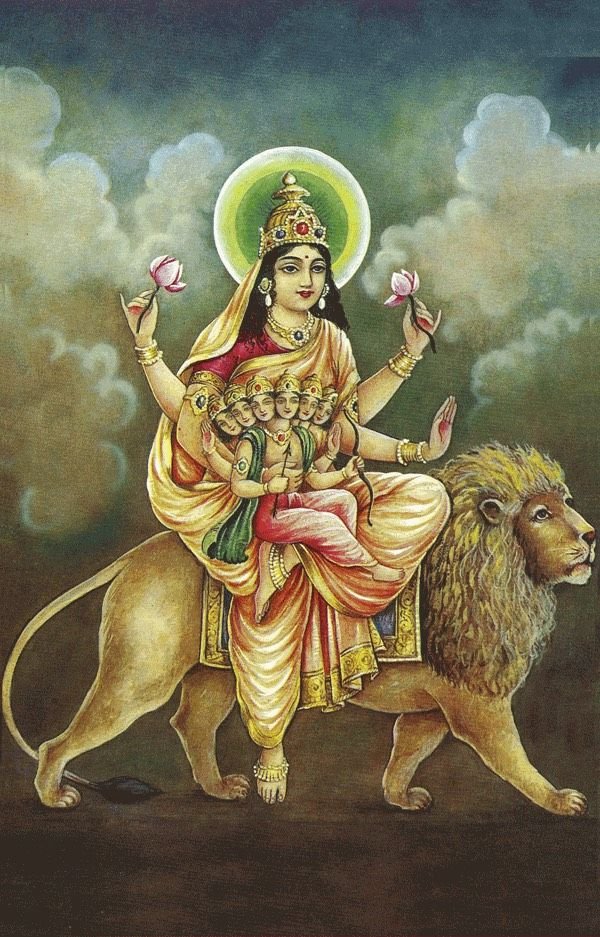Samadhi Pada
Samadhi Pada

The Samadhi Pada is the first section of the Yoga Sutras of Patanjali. It contains 51 sutras (aphorisms) and sets the foundation for the entire philosophy of yoga. Patanjali begins by defining yoga as the stilling of the fluctuations of the mind — “Yogaś citta-vṛtti-nirodhaḥ.” When the mind becomes calm and still, the true Self, called Purusha, is revealed in its pure form. When the mind is disturbed by thoughts, desires, and distractions, this true nature remains hidden.
Patanjali explains that steady practice (Abhyasa) and detachment (Vairagya) are the two key methods to control the mind. Practice means consistent effort to focus and calm the mind, while detachment means learning not to be affected by worldly pleasures or pains. Together, they help the practitioner progress toward a peaceful state of awareness.
The chapter also describes different levels of Samadhi, or meditative absorption. In the beginning stages, meditation involves concentration on an object (like a sound, symbol, or idea). As one goes deeper, the distinction between the meditator and the object disappears. The highest form, Asamprajnata Samadhi, is beyond thought and form — it is a state of complete stillness and union with pure consciousness.
Patanjali further warns that distractions like doubt, laziness, sensuality, and restlessness disturb the mind and cause suffering. He suggests remedies such as cultivating faith, enthusiasm, mindfulness, and devotion to God (Ishvara). Ishvara, in this context, represents a perfect, eternal consciousness — a model of spiritual purity that one can meditate upon.
In essence, the Samadhi Pada teaches that through continuous practice, self-control, and devotion, the practitioner can transcend the noise of the mind and experience Samadhi — the union of the individual soul with the universal spirit. It sets the stage for the next chapters, which explain how to achieve this state through ethical conduct, discipline, and meditation.
The Samadhi Pada is the first chapter of Patanjali’s Yoga Sutras and serves as the foundation of the entire philosophy of yoga. It begins with the famous statement “Yogaś citta-vṛtti-nirodhaḥ”, meaning “Yoga is the cessation of the fluctuations of the mind.” Patanjali explains that our ordinary consciousness is constantly disturbed by thoughts, emotions, and desires — these waves of the mind (vrittis) prevent us from seeing our true nature. When the mind becomes still, pure, and free from disturbance, we experience the Self (Purusha) in its original state of peace, clarity, and bliss. Yoga, therefore, is not merely physical posture or exercise; it is the science of mental control and spiritual realization.
To reach this state of inner stillness, Patanjali prescribes two essential methods — Abhyasa and Vairagya. Abhyasa means steady, consistent practice done with patience and sincerity. It is the disciplined effort to remain calm, aware, and concentrated. Vairagya, on the other hand, means detachment — freedom from cravings, emotional entanglements, and the desire for results. Patanjali emphasizes that both must go together. Practice without detachment can lead to frustration, and detachment without practice leads to stagnation. Through both, the yogi slowly purifies the mind and gains mastery over its restlessness.
Patanjali then explains the nature of Samadhi, the deepest state of meditation. In the initial stages, known as Samprajnata Samadhi, the mind is focused on a specific object — like a mantra, a symbol, or a divine idea. The practitioner experiences deep concentration but remains aware of the object of meditation. As the practice deepens, the mind transcends all objects and thoughts, entering Asamprajnata Samadhi, a state of complete silence and pure awareness where the separation between subject and object disappears. In this supreme state, the yogi realizes unity with the Infinite Consciousness — the experience of Kaivalya, or liberation.
However, the path is not free from challenges. Patanjali lists nine obstacles that disturb the aspirant: illness, laziness, doubt, carelessness, apathy, sensuality, wrong understanding, instability, and lack of persistence. These give rise to sorrow, despair, and restlessness. To overcome them, Patanjali recommends cultivating faith, energy, mindfulness, and concentration, supported by devotion to Ishvara, the Supreme Being. Ishvara represents the perfect consciousness untouched by karma, suffering, or ignorance — the eternal witness and inner guide. Patanjali suggests meditating upon Om, the sacred sound symbolizing Ishvara, to purify and steady the mind. Through such devotion and surrender, the practitioner receives divine grace and insight.
In conclusion, the Samadhi Pada reveals that the highest purpose of yoga is not physical perfection but spiritual liberation. When the mind becomes still and pure, it reflects the true Self like a clear, tranquil lake reflecting the sky. In that moment, the yogi experiences Samadhi — a state of perfect peace, joy, and unity with the Divine. Patanjali’s message is timeless: liberation is not something outside us; it lies within, waiting to be realized when the storm of thought subsides.





















































